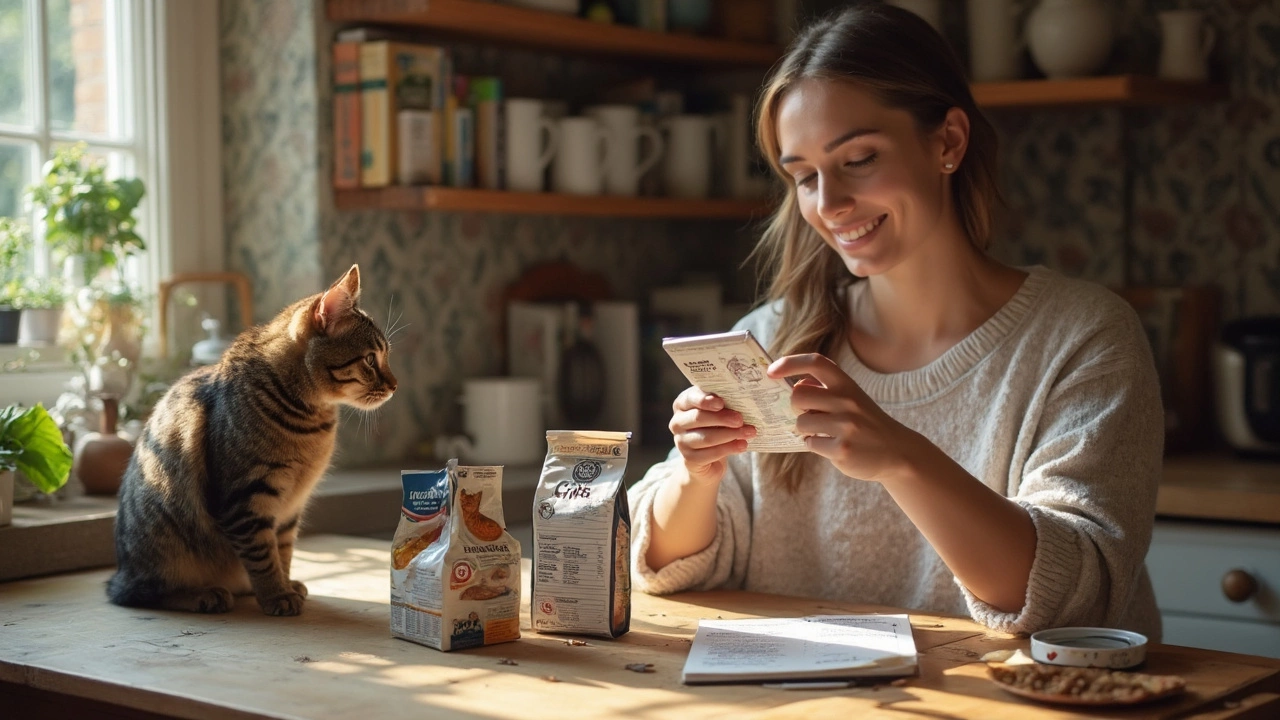Grain-Free Cat Food: What Every Cat Owner Should Know
If you’ve ever stared at a bag of cat kibble and wondered whether the grains inside are good or bad, you’re not alone. Many cat lovers are switching to grain‑free formulas because they think it mimics a cat’s natural diet better. In this guide we’ll break down the real benefits, what to watch for on the label, and a few top picks that work well for indoor cats.
Why Choose Grain‑Free?
Cats are obligate carnivores – their bodies are built to digest meat, not wheat, corn, or rice. Grain‑free foods replace those carbs with protein‑rich ingredients like chicken, turkey, or fish. This can mean:
- Less tummy upset for cats that are sensitive to gluten or starch.
- More steady energy because protein is burned slower than carbs.
- Better skin and coat health when the formula adds natural fats and omega‑3s.
That said, grain‑free isn’t a magic cure‑all. Some cats do fine on grain‑inclusive foods, so the switch should be based on your cat’s specific needs, not just a trend.
How to Pick a Good Grain‑Free Formula
Read the ingredient list like a detective. The first three items should be a real meat source – look for "chicken meal" or "salmon" rather than vague "animal digest". Next, check for:
- Low fillers: Peas, lentils, or sweet potatoes are common substitutes. They’re fine in moderation but can add carbs.
- Added nutrients: Taurine, vitamins, and minerals are essential because a grain‑free diet can lack some nutrients found in traditional kibble.
- No artificial junk: Skip foods with artificial colors, flavors, or preservatives.
Also, consider your cat’s life stage. Kittens, adults, and seniors have different calorie needs, so choose a formula that matches their age.
One of our favourite reads, “Healthiest Cat Food for Indoor Cats,” points out that indoor cats benefit from higher moisture content and moderate calories to avoid weight gain.
Finally, test a small bag first. If your cat eats it eagerly, has firm stools, and shows a shiny coat, you’ve likely found a winner.
Ready to shop? Here are three grain‑free options that consistently get good feedback:
- PureBites Chicken & Turkey Formula – rich in real meat, low in carbs, and has added taurine.
- WildPeak Salmon Delight – high omega‑3s for skin and coat, plus sweet potato for gentle carbs.
- Nature’s Harvest Turkey & Pea Mix – balanced protein and fiber, good for cats with mild sensitivities.
Remember, the best food is the one your cat actually enjoys and that keeps them healthy. Keep an eye on weight, energy levels, and any stomach changes after you switch.
Got more questions? Drop a comment or check out our other cat‑focused guides for deeper tips on feeding, grooming, and playing with your furry friend.
Best Cat Food: What's #1 According to Science and Real Cats
Picking the best cat food isn’t about shiny ads or pretty packaging—it’s about what keeps your cat healthy, happy, and full of energy. This article digs into what ‘best’ actually means for cat food, considering science, vet advice, and cats’ real reactions. Learn how to sort through ingredient lists, spot marketing tricks, and make choices based on what truly matters. Get quick tips on reading labels and matching food types to your cat’s needs. Find answers about grain-free options, wet vs dry, and why some foods really do stand out.
